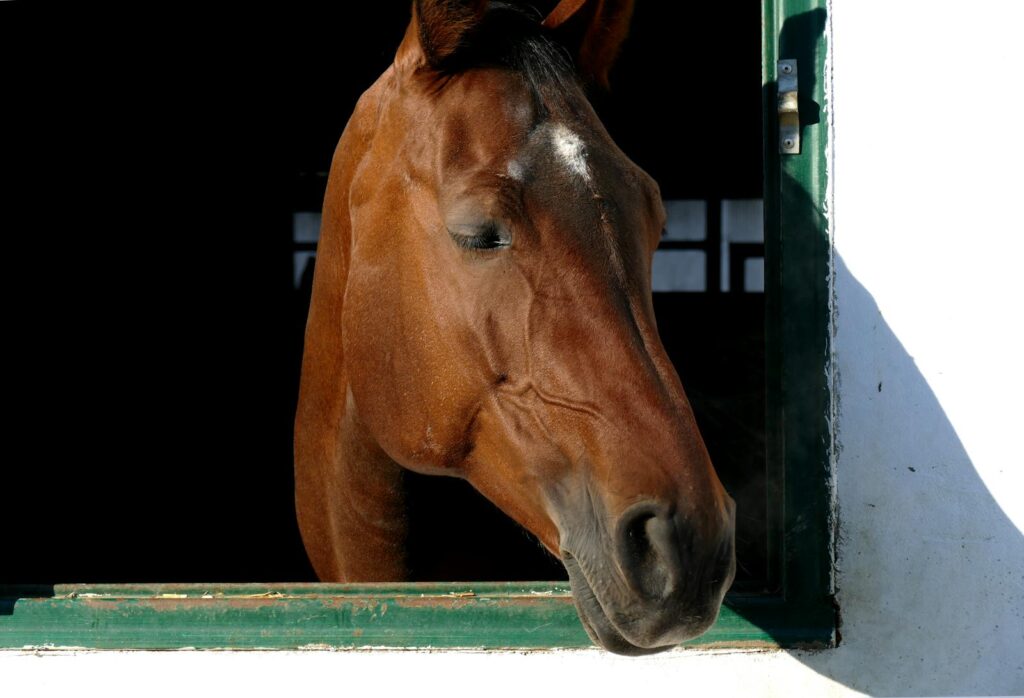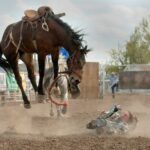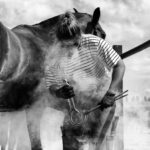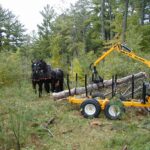Retirement marks a significant transition in any horse’s life, but for ranch horses—animals that have spent years working cattle, navigating challenging terrain, and maintaining high levels of physical activity—this change can be particularly dramatic. These hardworking equines have developed specific routines, muscle memory, and mental expectations based on their working lifestyle. When the time comes to hang up their working saddle, a thoughtful transition plan becomes essential to ensure their physical and mental well-being. Whether you’re moving your faithful ranch partner to a recreational riding role, light trail riding, or complete retirement, this comprehensive guide will help you navigate this important life change with compassion and care, honoring the horse’s past contributions while setting them up for a fulfilling future.
Understanding Your Ranch Horse’s Background
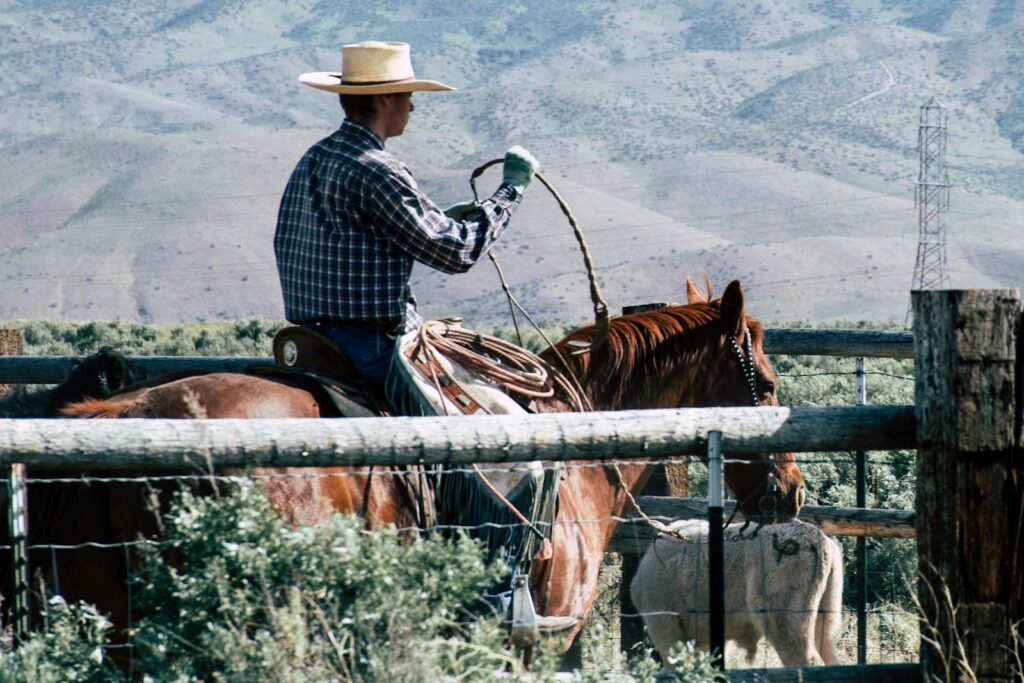
Ranch horses come with a unique set of experiences and training that shape their expectations about daily life and human interaction. These horses have typically developed exceptional work ethics, responding promptly to cues and anticipating tasks based on environmental factors and routine. Many have learned to work independently, making decisions about cattle or terrain without constant direction, while maintaining high awareness of their surroundings. Their physical conditioning has been purpose-driven, with muscles and cardiovascular systems developed specifically for bursts of activity followed by sustained moderate work. Understanding these foundational elements of your horse’s working past provides crucial context for planning an appropriate retirement that honors their history while supporting their changing needs.
Assessing Your Horse’s Physical Condition
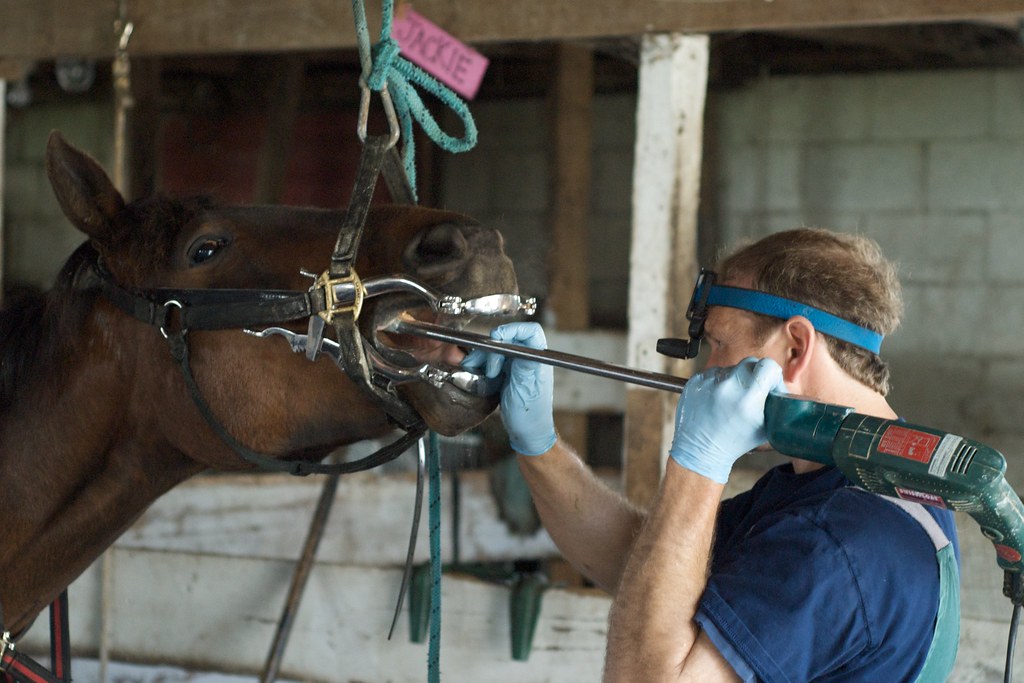
Before developing a retirement plan, conduct a thorough assessment of your horse’s physical condition with your veterinarian. Many ranch horses retire with some degree of joint wear, muscle asymmetry, or other physical issues that developed during their working years. A comprehensive veterinary evaluation should include an examination of joints, back, feet, teeth, and overall body condition, potentially incorporating radiographs or ultrasound as needed. Discuss appropriate pain management strategies if chronic conditions are present, which might include joint supplements, prescription medications, or therapeutic modalities. This baseline assessment will guide your decisions about appropriate exercise, nutrition, and management practices as you transition your horse to their new lifestyle.
Creating a Gradual Transition Plan
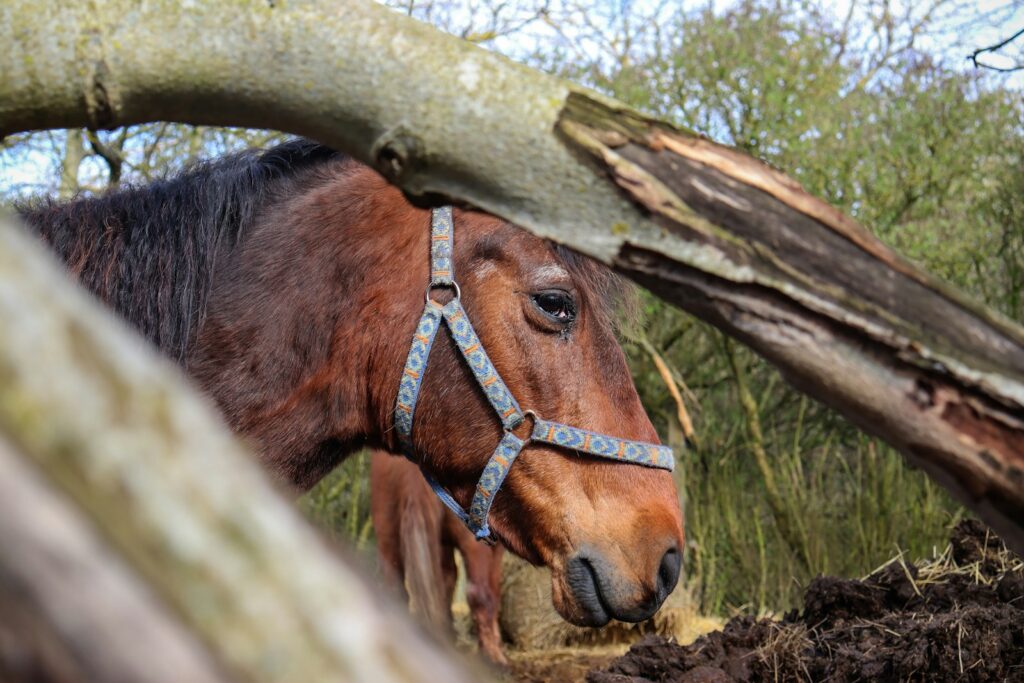
Abrupt changes in activity levels can pose significant mental and physical challenges for former working horses, making a gradual transition essential. Begin by reducing work intensity while maintaining a modified version of familiar routines, gradually decreasing the frequency and duration of rides over weeks or months rather than immediately stopping all activity. Incorporate new, lower-impact activities that maintain mental stimulation while being easier on aging joints, such as light groundwork or walking rides on good footing. Create a written schedule that maps out this gradual transition, including specific milestones and objectives for each phase of retirement. This methodical approach prevents muscle atrophy, weight gain, and the mental stress that can accompany sudden lifestyle changes.
Nutritional Adjustments for the Retired Ranch Horse
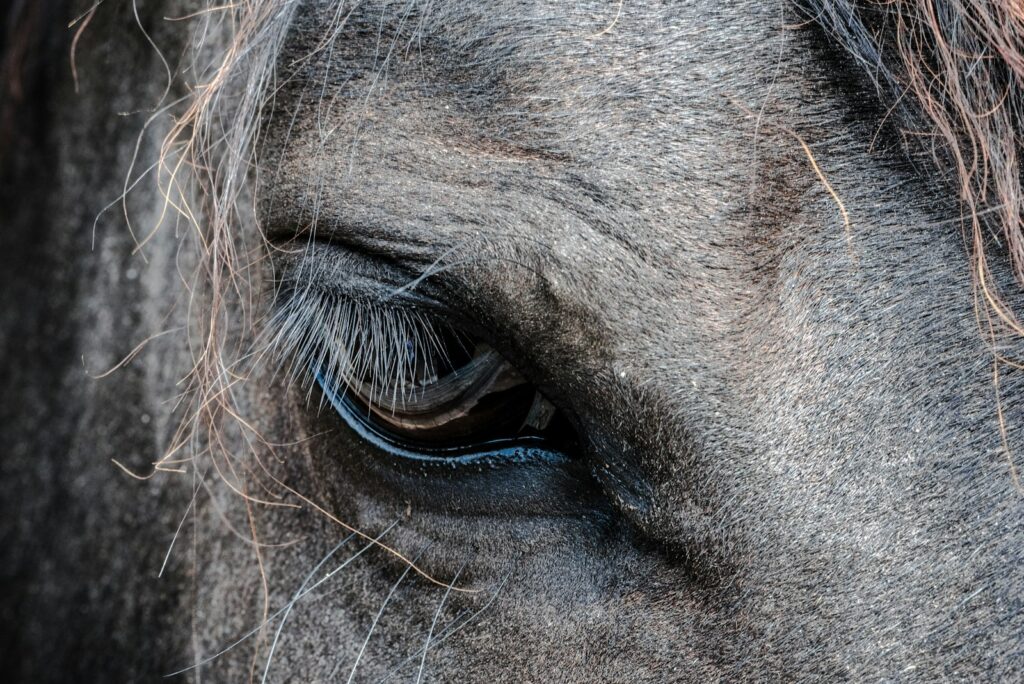
A retired ranch horse’s nutritional needs differ significantly from those required during its active working years, making diet reassessment critical to prevent health complications. As work decreases, reduce caloric intake accordingly to prevent weight gain, which can place additional stress on aging joints and metabolic systems. Consider transitioning to a senior feed formulated specifically for older, less active horses, particularly if dental issues are beginning to affect forage consumption. Evaluate pasture access carefully, as unrestricted grazing may provide excess calories for the newly retired horse that was previously accustomed to burning significant energy during work. Implement a monitoring system to track body condition score regularly, aiming for a score between 5-6 on the 9-point scale to maintain optimal health without excess weight.
Designing Appropriate Housing and Turnout
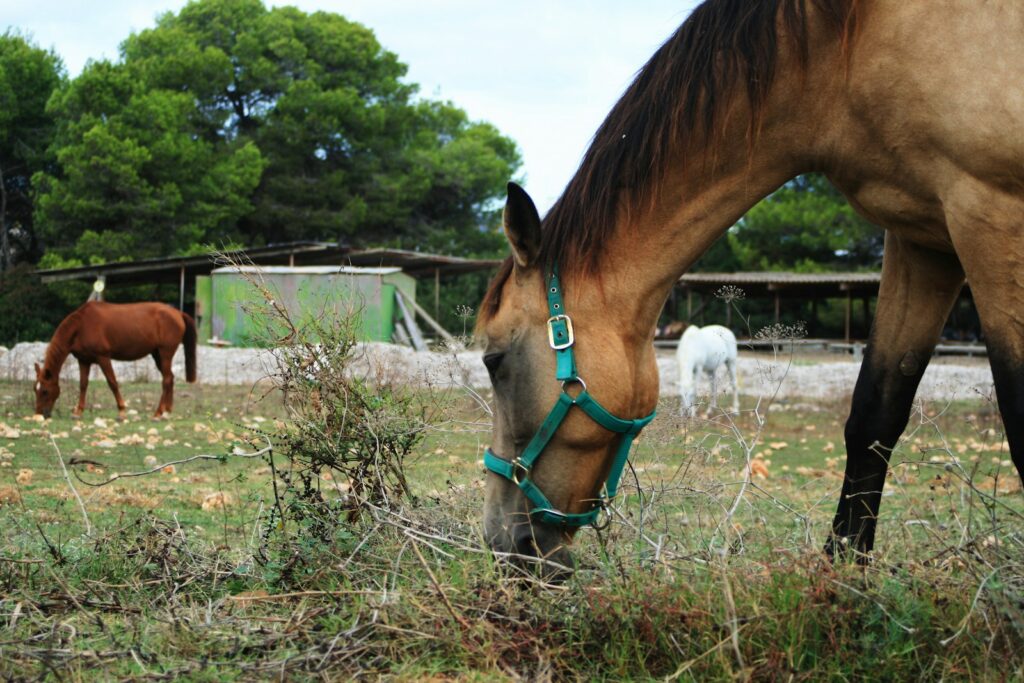
The ideal housing arrangement for a retired ranch horse balances freedom of movement with appropriate protection from environmental extremes. Many ranch horses have lived with significant turnout time, making continued access to space for movement essential for both physical and mental health. Create turnout areas that provide varied terrain to maintain joint mobility and proprioception without excessive strain, ideally including both level areas and gentle slopes. Ensure shelter options protect from harsh weather while allowing the horse to move freely in and out according to its comfort level. Consider compatibility carefully when integrating your retired horse into new herd situations, as established social connections contribute significantly to quality of life during retirement.
Maintaining Mental Stimulation
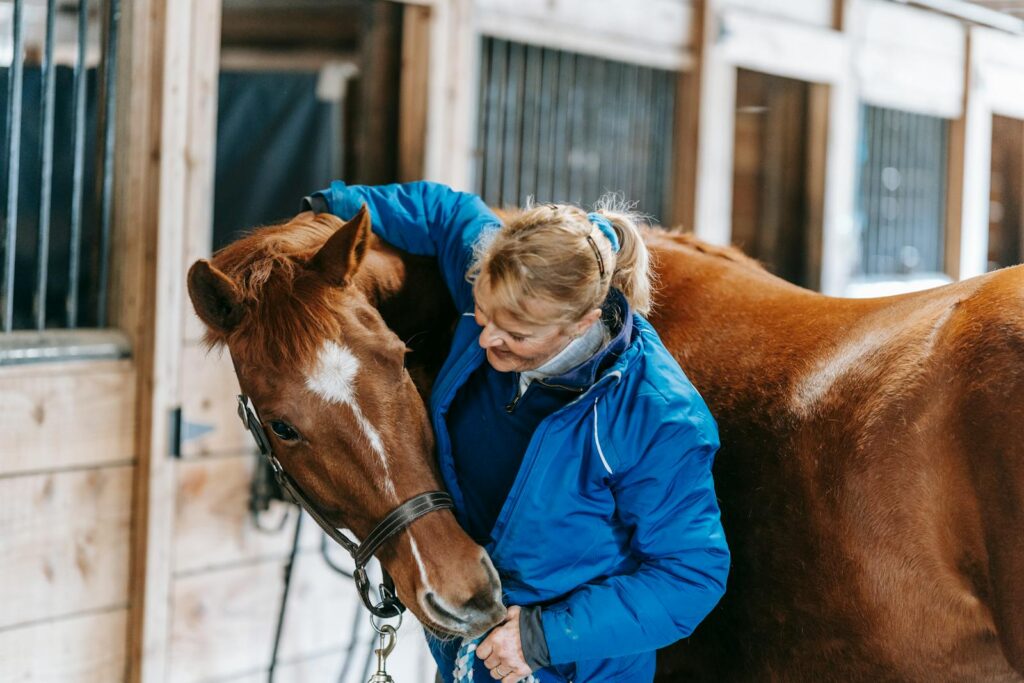
Ranch horses typically thrive on mental engagement and purposeful work, making continued cognitive stimulation crucial during retirement. Introduce enrichment activities that challenge their minds without overtaxing their bodies, such as simple liberty work, target training, or navigating obstacle courses at a walk. Many retired ranch horses enjoy interaction with younger horses or participation in groundwork sessions, where they can display their training without physical strain. Consider teaching new, low-impact skills that leverage their existing training base while providing fresh mental challenges. Regular variation in routine prevents boredom and associated behavioral issues, while honoring the horse’s need for meaningful interaction and appropriate challenges.
Developing a New Exercise Regimen
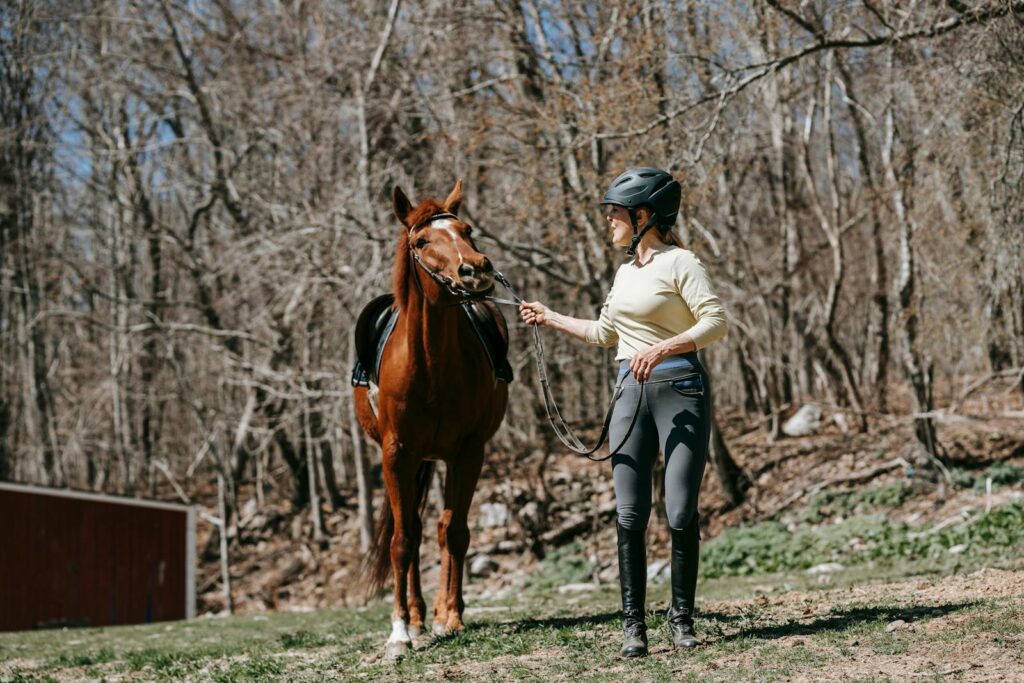
While high-intensity work may no longer be appropriate, consistent, moderate exercise remains vital for maintaining your retired ranch horse’s health. Develop a structured exercise program that focuses on preserving flexibility, promoting circulation, and supporting basic fitness without placing undue stress on compromised joints or tissues. Walking rides on good footing, especially those incorporating gentle hills, offer cardiovascular benefits while being easy on aging joints. Many retired ranch horses benefit from cross-training activities such as ground poles, rhythmic backing exercises, or walking over obstacles, which engage their bodies in new ways compared to their previous work routines. Stretching routines supervised by an equine physical therapist can also be particularly effective in maintaining range of motion as your horse ages.
Implementing Therapeutic Modalities
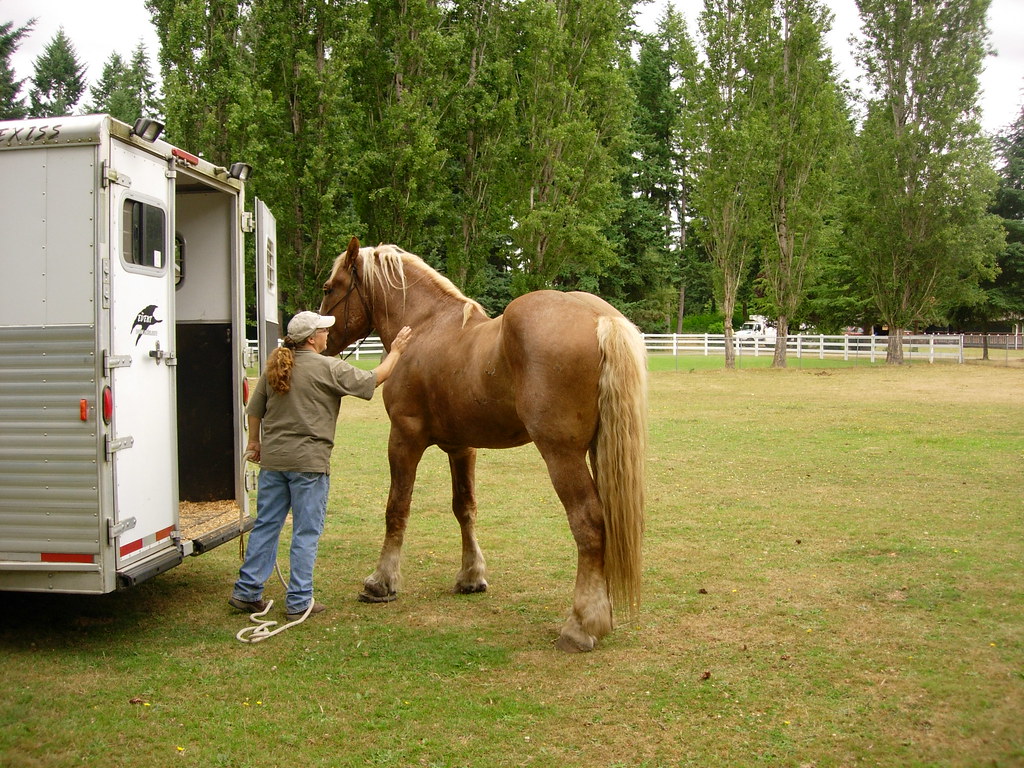
Incorporating appropriate therapeutic practices can significantly enhance your retired ranch horse’s comfort and mobility during the transition. Regular massage therapy helps address muscle patterns developed over years of work, releasing chronic tension and improving circulation in tissues that may have developed restrictions. Chiropractic adjustments can benefit horses with alignment issues resulting from asymmetrical activities such as roping or cutting. Consider exploring therapeutic modalities like electromagnetic blankets, targeted laser therapy, or therapeutic ultrasound to manage specific conditions diagnosed by your veterinarian. Many owners also report success with controlled water-based exercise—whether through formal hydrotherapy or supervised swimming—which allows for effective movement without concussive impact.
Addressing Common Behavioral Challenges
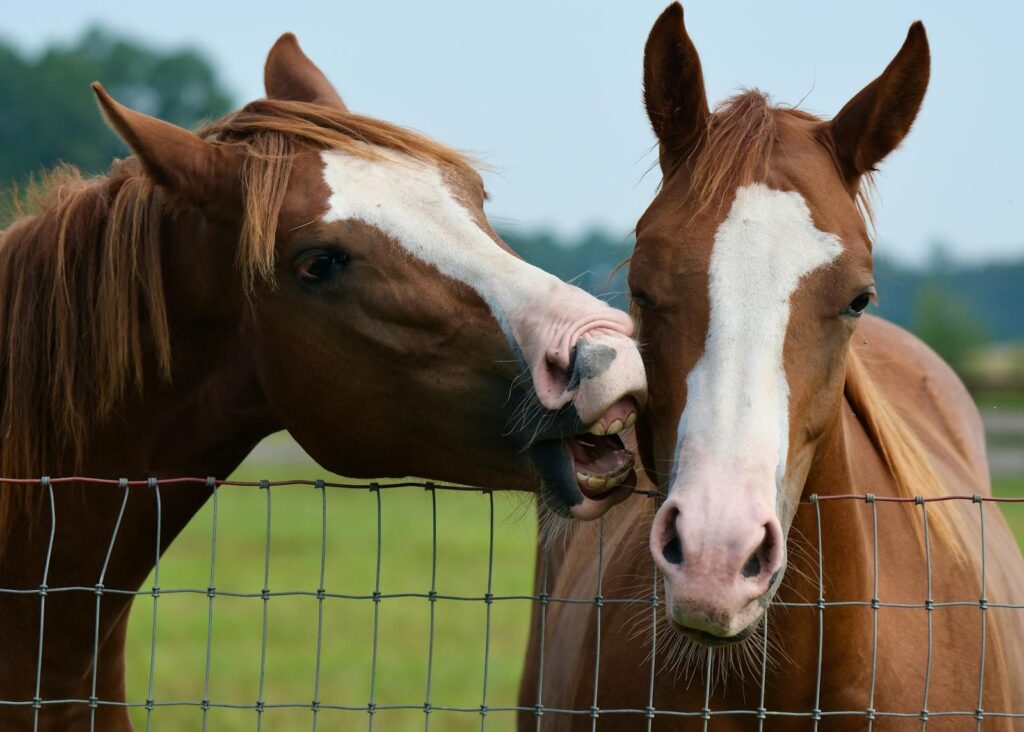
The transition to retirement can trigger various behavioral changes as horses adjust to their new activity level and purpose. Watch for signs of frustration or anxiety, especially when former herd mates leave for work while the retired horse remains behind. Some horses may appear to regress in their training or develop new resistances as they process changes in routine and expectations. Establish clear, consistent boundaries while offering appropriate outlets for energy and expression during this adjustment period. If your horse shows significant stress, consider consulting an equine behaviorist to develop targeted strategies for easing the transition. Maintaining predictable handling routines provides a sense of security, even as work expectations are modified.
Finding New Purpose Through Alternative Activities
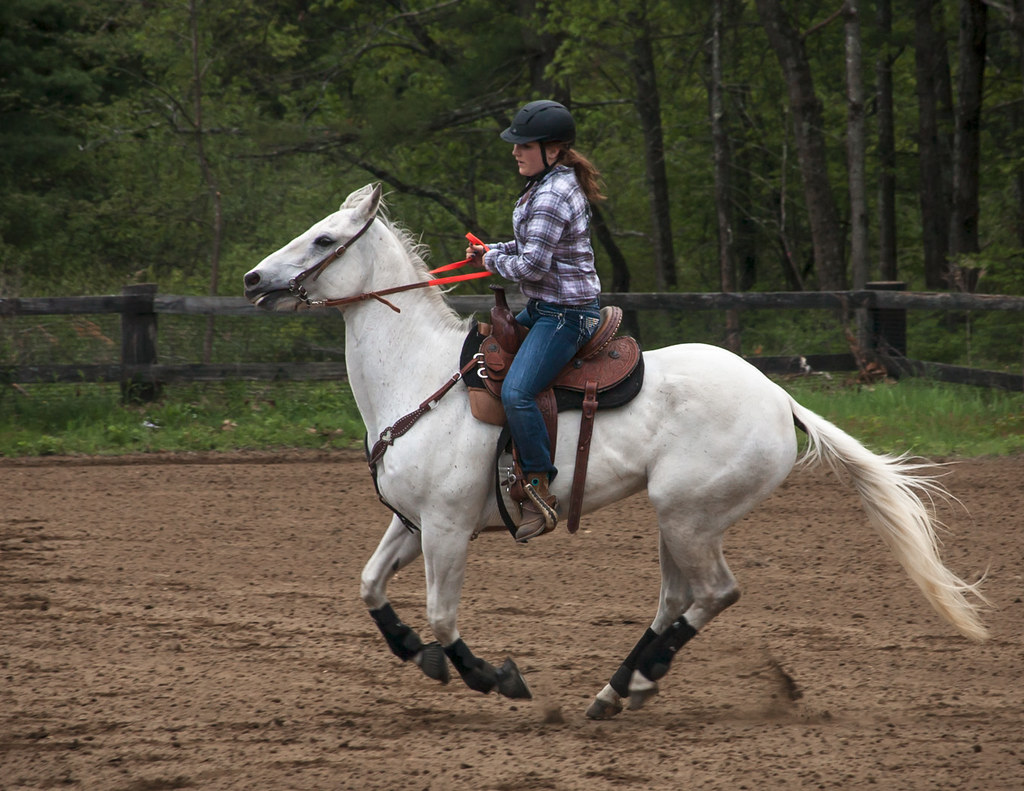
Many retired ranch horses thrive when given a new, age-appropriate purpose that honors their training and experience. Consider roles such as serving as a confidence-builder for novice riders (with appropriate supervision and temperament), becoming a teaching horse for groundwork demonstrations, or participating in therapeutic riding programs where their steady demeanor benefits participants. Some retired ranch horses also excel in non-mounted roles like liberty work, target training, or acting as companions for younger horses in training. For those with sound feet and legs, light trail riding—focused on enjoyment rather than distance or difficulty—can offer meaningful activity with minimal physical strain. The key is to find activities that provide mental engagement while respecting their physical limitations.
Managing Healthcare for the Aging Ranch Horse
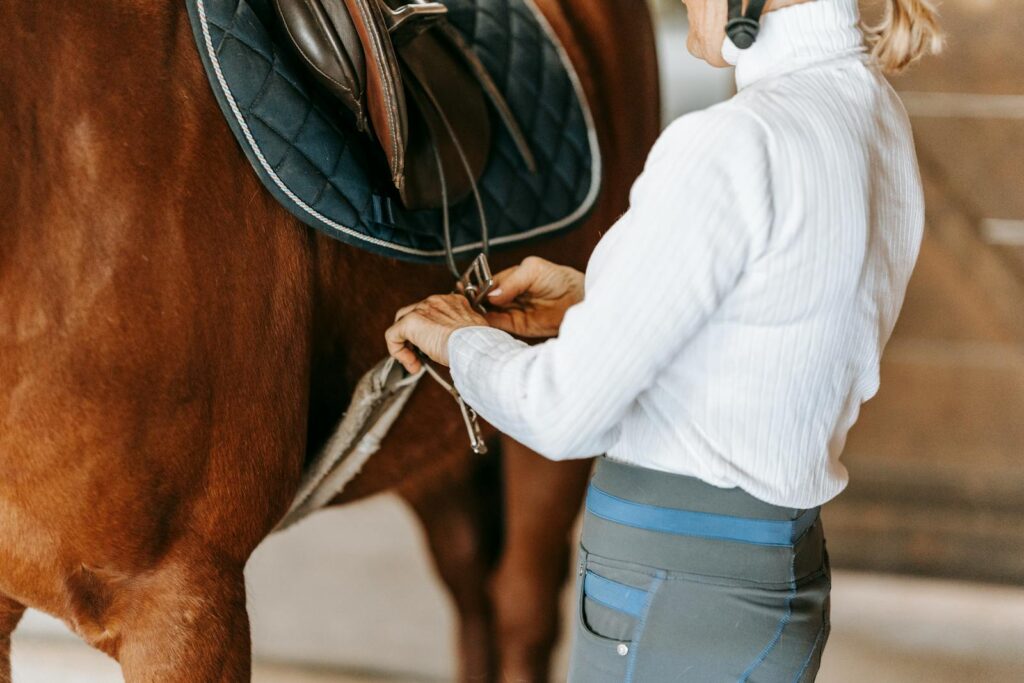
Retirement typically coincides with advancing age, requiring a more proactive approach to healthcare monitoring and management. Establish a regular schedule of veterinary evaluations—ideally at least semi-annually—to identify emerging issues before they become serious. Increase the frequency of dental care, as tooth wear accelerates with age, potentially affecting nutrition and comfort. If available in your area, consider consulting an equine geriatric specialist, who brings valuable expertise in managing conditions common in older horses. Maintain a comprehensive record-keeping system to track subtle changes in condition, behavior, or movement that could signal developing health concerns. Discuss vaccination and deworming protocols with your veterinarian, as aging can alter immune function and parasite resistance.
Building a Support Team

Creating a knowledgeable support network enhances your ability to provide optimal care during your ranch horse’s retirement transition. In addition to your primary veterinarian, consider consulting specialists in equine sports medicine, rehabilitation, or geriatric care who understand the unique challenges retired working horses face. Build relationships with skilled bodyworkers, farriers experienced with aging horses, and equine nutrition consultants who can offer targeted guidance for your horse’s specific needs. Connect with other owners of retired ranch horses through clubs, online forums, or social media groups to share experiences and practical solutions. This diverse support network offers both valuable expertise and emotional encouragement as you navigate the often complex aspects of managing your horse’s retirement years.
Honoring Your Horse’s Legacy
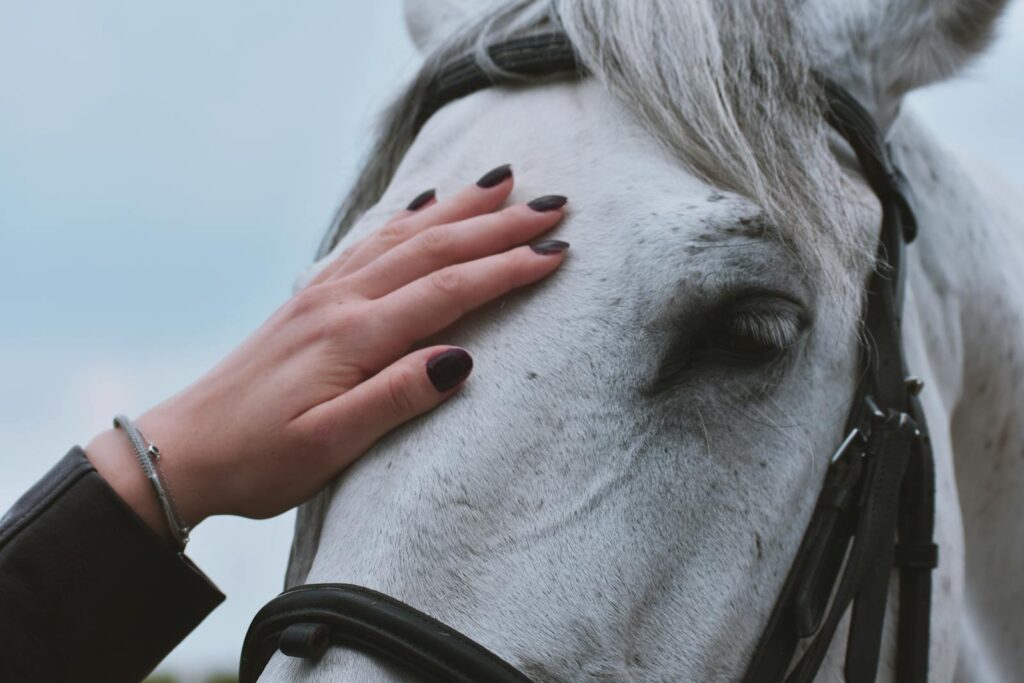
As you transition your ranch horse into retirement, take time to acknowledge and celebrate their years of service and the partnership you’ve built together. Preserve their legacy by documenting their working history through photographs, videos, or written reflections that highlight their achievements and contributions. Consider hosting a small retirement ceremony or special event to mark this meaningful milestone, inviting the people who were part of your horse’s working life. Share their story with those who will interact with them in their new role, helping others appreciate the depth of experience and training they bring. This recognition is more than sentimental—it honors the profound transition both horse and handler are undergoing and reframes retirement as a well-earned new chapter, not simply the end of usefulness.
The transition from working ranch horse to retiree marks a significant shift in both physical demands and daily purpose. By approaching this change thoughtfully—addressing both physical and psychological needs—you provide your equine partner with the dignity and care they’ve earned through years of dedicated service. The best retirement plans honor the horse’s history while adapting to their evolving needs, maintaining appropriate levels of activity and engagement while respecting the limitations that come with age and wear. With proper planning, attentive monitoring, and a willingness to adjust based on your horse’s responses, you can help ensure a comfortable, fulfilling life beyond their working years. This transition not only honors the horse but also celebrates the partnership you’ve built together through shared work and mutual trust.

